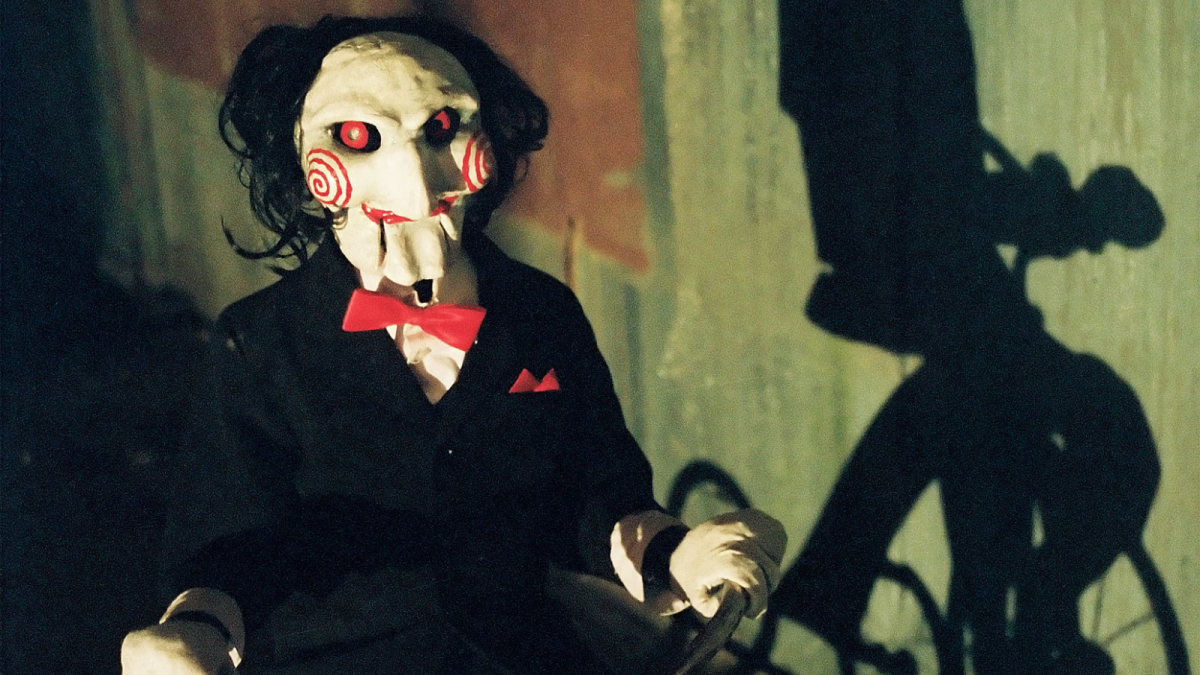
Since the early 2000s, the Saw franchise has disgusted us, terrified us, and thoroughly entertained us. James Wan released the original Saw in 2004, marking his directorial debut, and the consequential success led to other influential horror films such as The Conjuring and Insidious franchises. Consistently for very year since 2004, a Saw sequel was developed, and the pattern ended with a long hiatus between the seventh and eighth films as Jigsaw released seven years after Saw 3D.
Between 2004 and 2023, there have been ten installments of the Saw franchise released. Before Saw X landed in theaters today, Spiral: From the Book of Saw was the latest addition, attempting to reinvent the torture porn genre and revive an outdated franchise. In April 2021, Saw X, was confirmed to be in development, with the spine-tingling chapter being brought to fruition to kick off this year’s spooky season in a major way.
With ten Saw films spanning over 19 years and the production crews changing all the while, there were some successful stand-outs and some flat-out failures. So, before franchise die-hards flock to megaplexes in droves to witness Jigsaw’s latest outing, here is every Saw film, ranked.
10. Spiral: From the Book of Saw (2021)
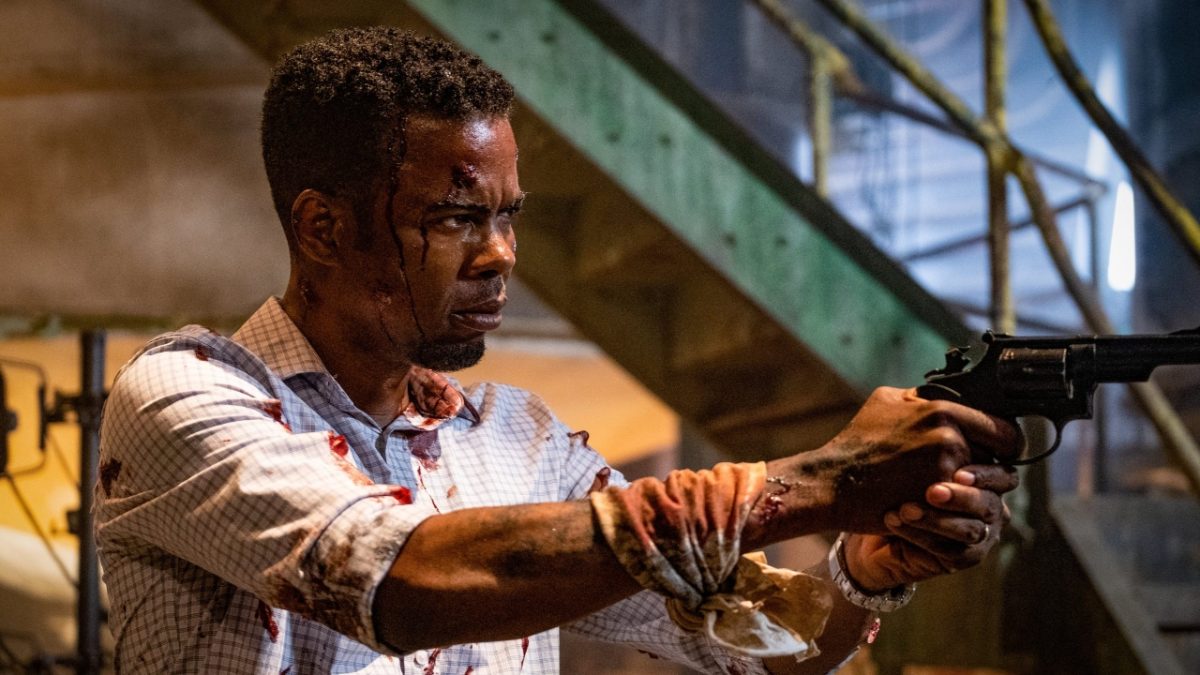
As previously mentioned, Spiral: From the Book of Saw was the most recent Saw-related release, although not explicitly marketed as a sequel. The producers commented on Spiral’s significance within the universe, claiming that it was more of a standalone. Unfortunately, Spiral ranks the lowest on our list. Chris Rock was a saving grace, but not enough to make up for awful production values and a weak storyline that pales in comparison to its predecessors. Spiral attempts to reinvent the torture porn genre and breathe new life into a bygone franchise, but fails miserably.
All things considered, Spiral can be given praise for its attempt at changing up the franchise formula, but it ultimately falls short of giving the Saw franchise the boost it needs to regain relevance. Spiral was intended to focus on the corruption of law enforcers, but the theme seems hopelessly lost to generic approaches and an annoyingly predictable plot. Long story short, Spiral succeeds in tarnishing Saw’s good reputation for imaginative deaths and inventive plots.
9. Saw 3D (2010)
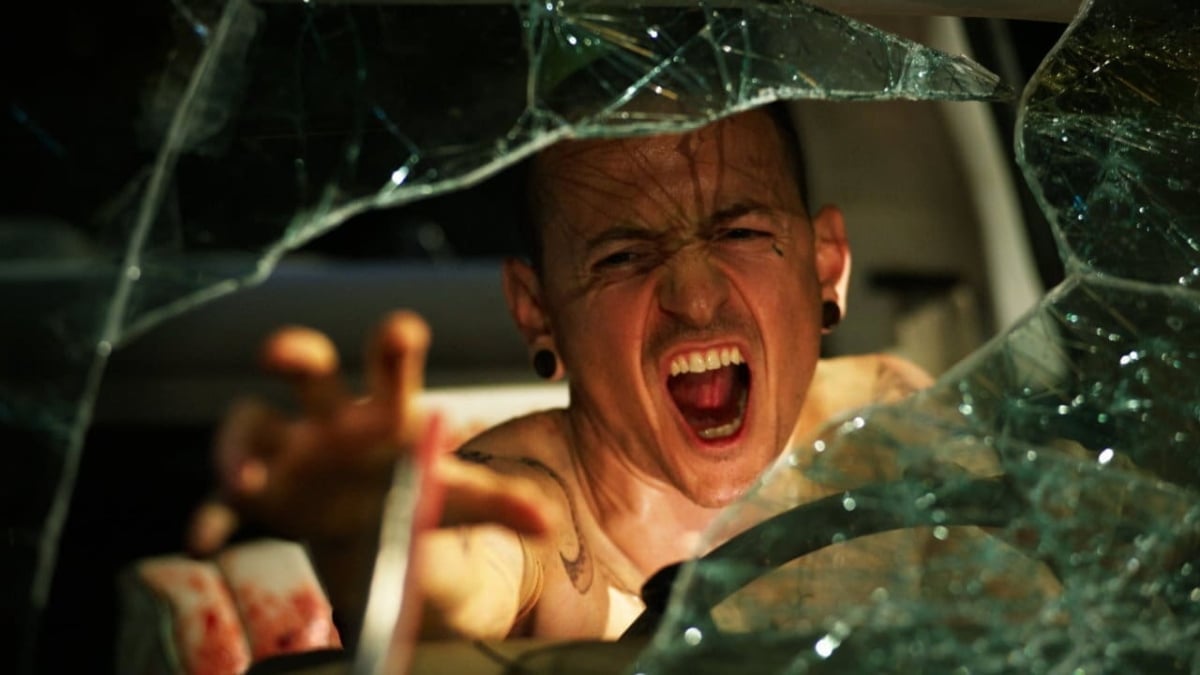
Taking a very different approach than any other Saw film, Saw 3D was shot entirely in RealD 3D, using the SI-3D digital camera system rather than filming on a set and later transferring the footage to 3D. Admittedly, the 3D element does add a certain flair to the seventh film, but 3D is often bashed for being unnecessary and distracting. In this case, like many others, the same rules apply.
The plot follows a man who, after falsely claiming to be a survivor of one of the Jigsaw Killer’s games in order to become a local celebrity, finds himself part of a real game where he must save his wife. Rather than John Kramer, the culprit behind the Jigsaw murders is none other than Mark Hoffman, an accomplice to Kramer instructed to continue his work after his inevitable death.
Saw 3D experienced commercial success at the box office, which seems impossible given the shocking reviews. Poorly acted, sloppily filmed, and a downright disgrace to the Saw brand, Saw 3D only ranks above Spiral for its admirable attempt at revolutionizing the franchise using 3D effects to amp up the immersive scare factor. By the seventh film, the Saw narrative began to feel played out, thereby dooming its successors.
8. Jigsaw (2017)
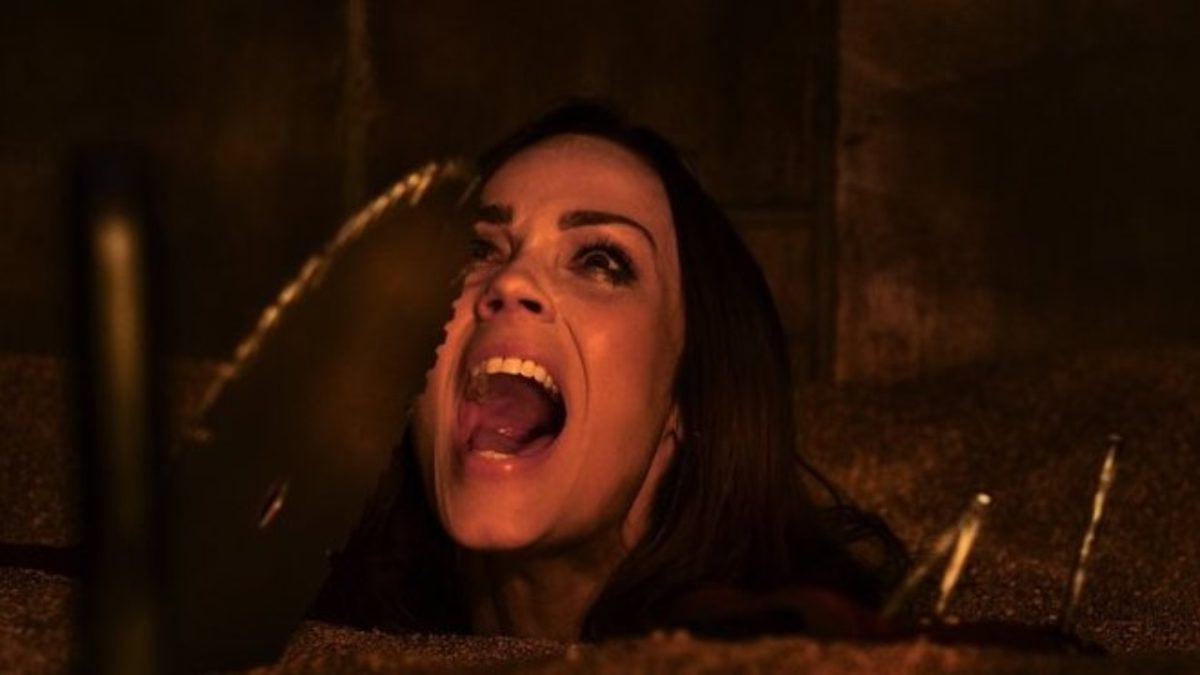
First there was Saw 3D. Then there was Jigsaw. In the film, the police investigate a new series of murders that fit the modus operandi of the eponymous Jigsaw Killer, who has been dead for almost a decade at this point. Essentially, John Kramer has a doppelgänger mimicking his procedures to continue the Jigsaw legacy. Honestly, ranking Spiral, Saw 3D, and Jigsaw was difficult; none of them deserve anything above last place, but Jigsaw has some redeeming qualities that give it a slight edge over the competition.
At least Jigsaw is relatively revolting, which is one of the main attractions for the franchise as a whole. Honestly, Jigsaw would have never been groundbreaking, nor even made waves in the Saw universe. It never encapsulates the core concept and delivers a half-baked retelling of the original Saw that disappoints rather than paving the way for a new era of horror. Jigsaw is undoubtedly a fun ride despite its flaws, whereas the others were plain awful. Needless to say, Jigsaw leaves much to be desired and its mind-blowing twist doesn’t live up to the expectations set by its predecessors.
7. Saw V (2009)
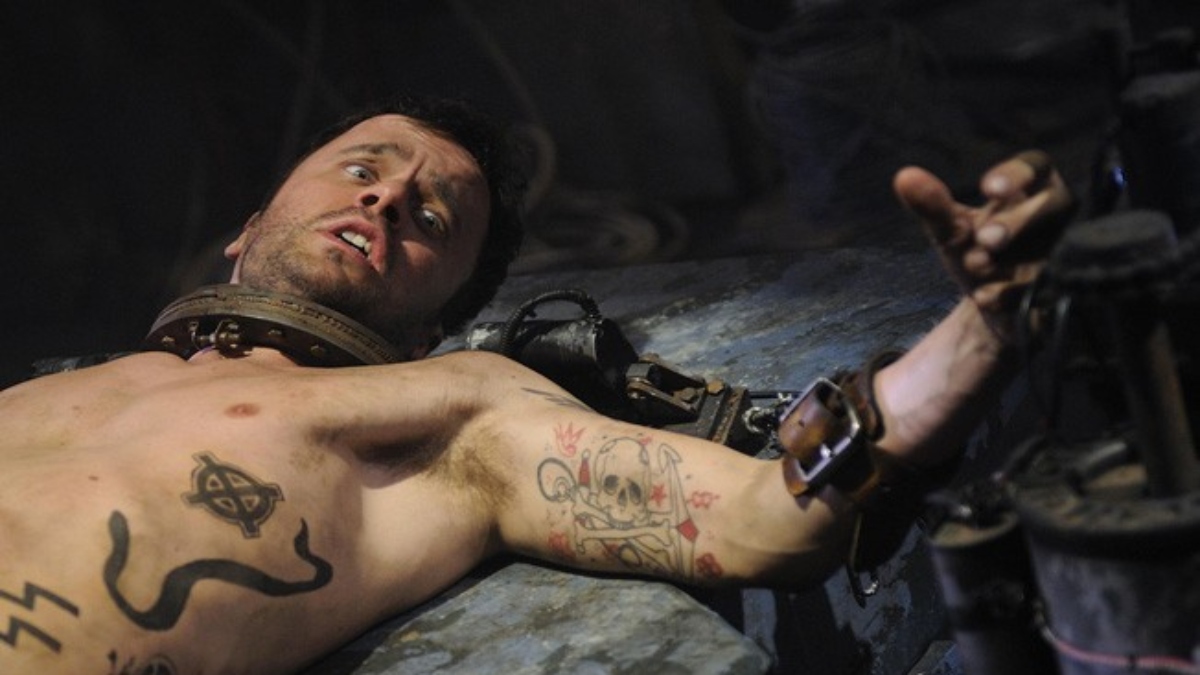
Many may disagree, but Saw V was thoroughly interesting. Finally, there came a continuation that focused less on senseless violence and gore and gave the audience a real takeaway message. Primarily focusing on five targeted low-lives, Saw V reminds its victims that survival depends on “acting against your instincts,” which, as we all know, means ignoring the fight-or-flight adrenaline rush and discarding that “survival of the fittest” mindset to work together and live.
As expected, the quintuple participants are in it for themselves from the get-go, and at the final test, when five dwindles down to two, the remaining victims discover that all of them could have survived if only they had set aside their selfish ways. Saw V had inventive torture devices, plentiful gore, and enough stable plot to keep the mindless violence significant as well as a less complicated and more engaging storyline.
6. Saw VI (2008)
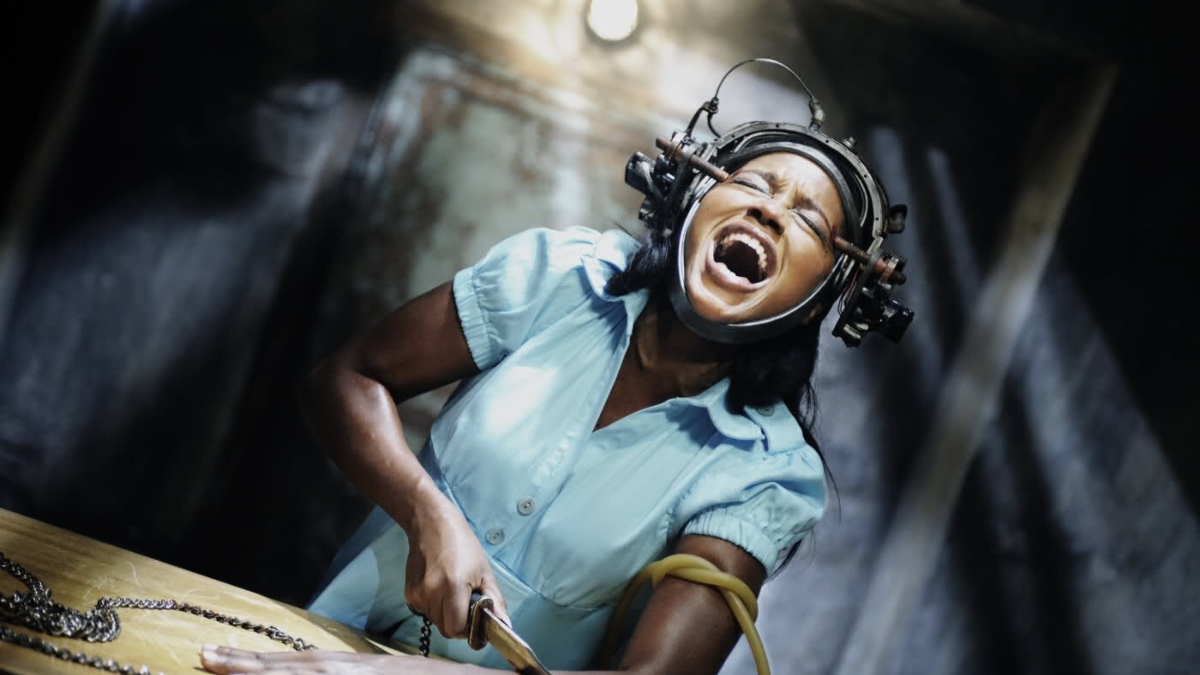
As we ascend the list, it seems painfully obvious that the earlier Saw films far outweigh the newer revivals. Still, Saw VI ranks lower than its siblings due to a clunky, confusing plot and unconvincing acting. At the time of its release, Saw VI was the lowest-grossing Saw film ever made (until the modern additions proved to be even worse). One of its exceptionally gripping moments comes at the very beginning, thereby ruining the tone by the halfway point. Anyone can admit that watching a grown woman chop off her own arm is as grotesque as it sounds.
Consumed almost entirely by backstory, Saw VI is one of those throwaway placeholders in which the flashbacks overtake the actual plot. Sometimes not everything needs to be explained. People want blood and guts and gore, not overly dumbed-down explanations and tie-ins. However, Saw VI is a huge step up from the updated releases in that it stays true to its source material and keeps an air of consistency within its splatter film multiverse. Saw VI is faithful to the franchise and a satisfying filler, even if that’s all it really is.
5. Saw IV (2007)
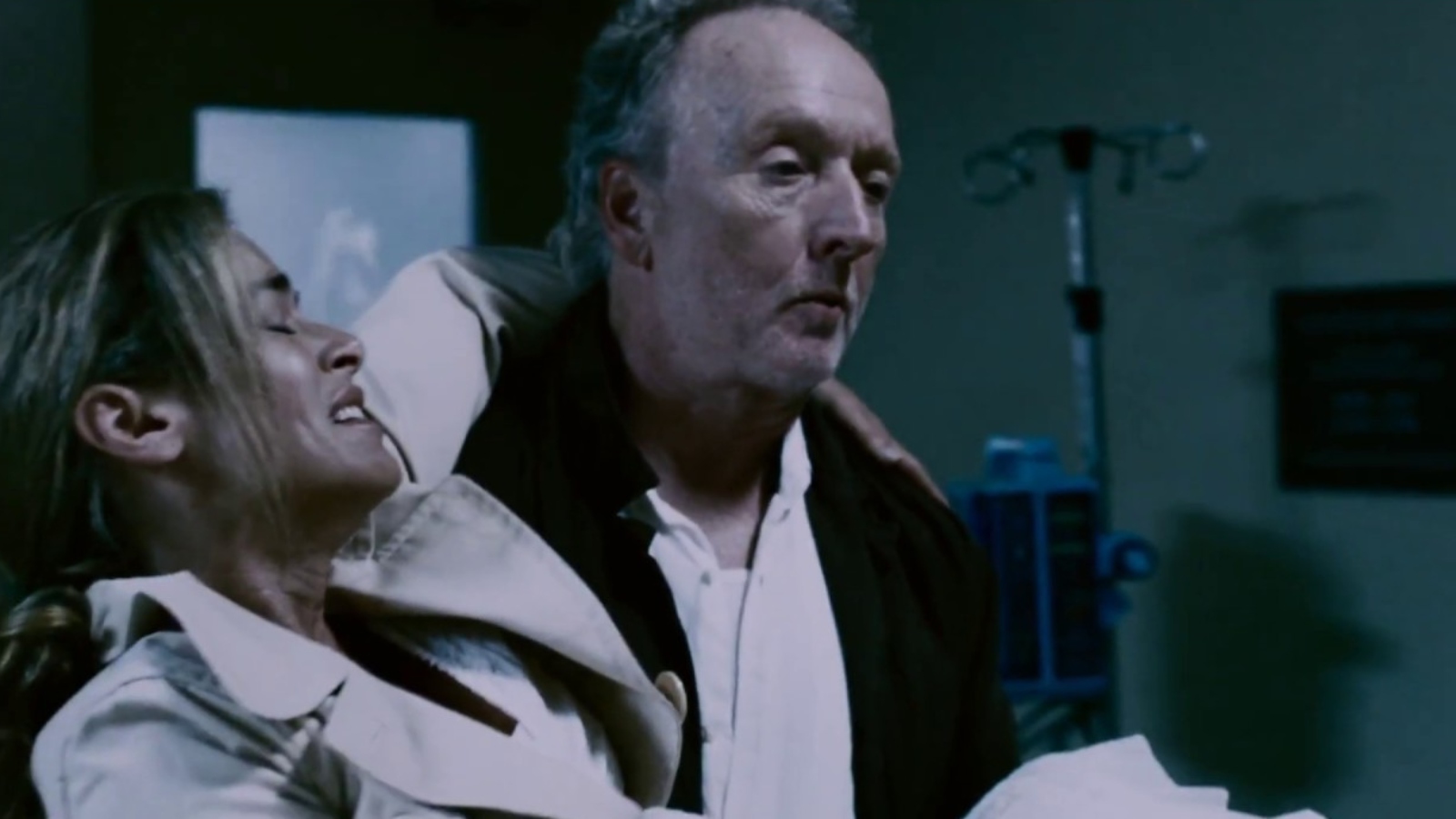
What can we say about Saw IV? Wow. The fourth installment has some of the best twists of any entry, which isn’t a bold statement in the slightest. Granted, nothing could ever top Saw VI‘s ending with Hoffman escaping the Reverse Bear Trap, but Saw IV has a more consistent storyline overall. It also fills in a lot of blanks with John’s backstory that give us some insight as to why he was driven to become Jigsaw, his relationship with his ex-wife Jill Tuck, and how Amanda Young fits into all of this.
The first act can be a little slow, we’ll admit it, but the dynamic with Strahm and Hoffman redeems a few minor issues here and there. It also nicely sets up the ending of Saw V when Hoffman eventually kills Strahm. It’s the beginning of a rather perfect conflict between two wonderfully written characters. Rigg isn’t very likeable, so that’s a negative, but there’s so much Hoffman and a fair amount of John, which is all you ever need in a Saw movie.
4. Saw X (2023)
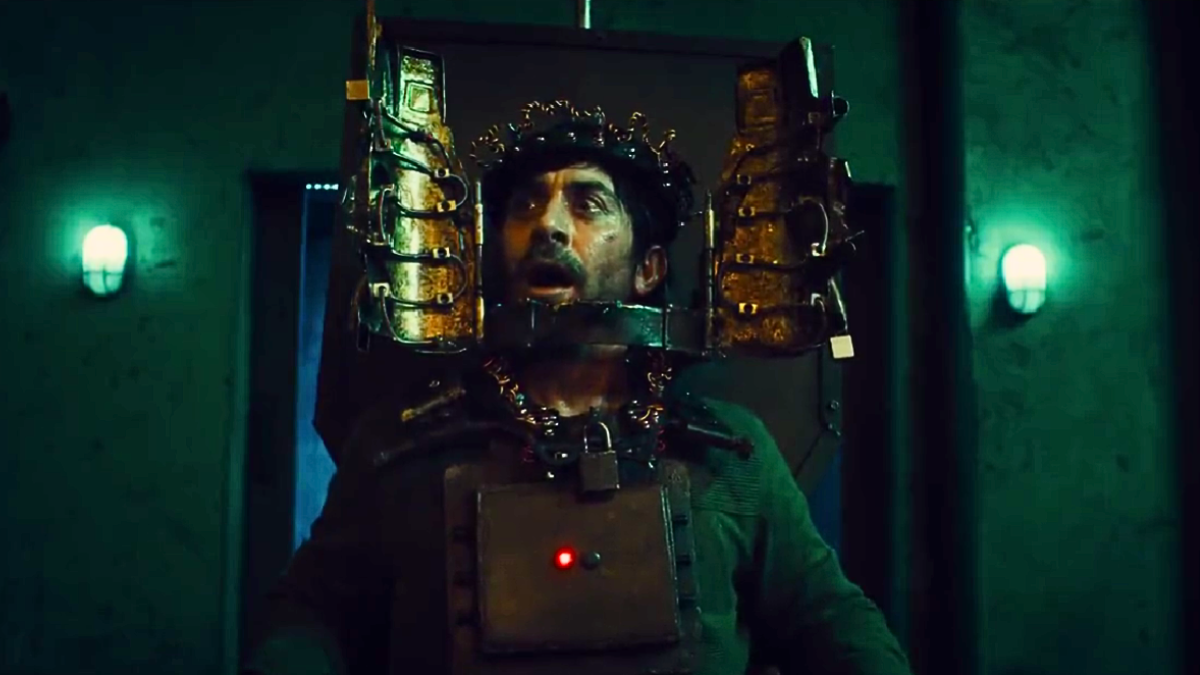
For a horror franchise that’s now reached a tenth movie, it’s certainly an impressive feat for Saw X to land so high up on this list. Touching back to its original roots and focusing on engineer-turned-torturer John Kramer, the tenth chapter centers around him traveling down to Mexico after being informed about a particular medical program which specializes in curing cases of terminal cancer. In the end, John discovers that the entire operation was merely a ruse, leading him to enlist the help of Amanda Young and Mark Hoffman to capture those who conned him and enact revenge.
The franchise’s tenth outing is undoubtedly a refined touch on a film series which has been seriously lacking quality content over the last few years. For the first time ever, eagle-eyed viewers truly witness a different side to John Kramer which is certainly more vulnerable and weakened. And yet, Tobin Bell’s groundbreaking performance reminds us all why this is his franchise.
3. Saw II (2005)
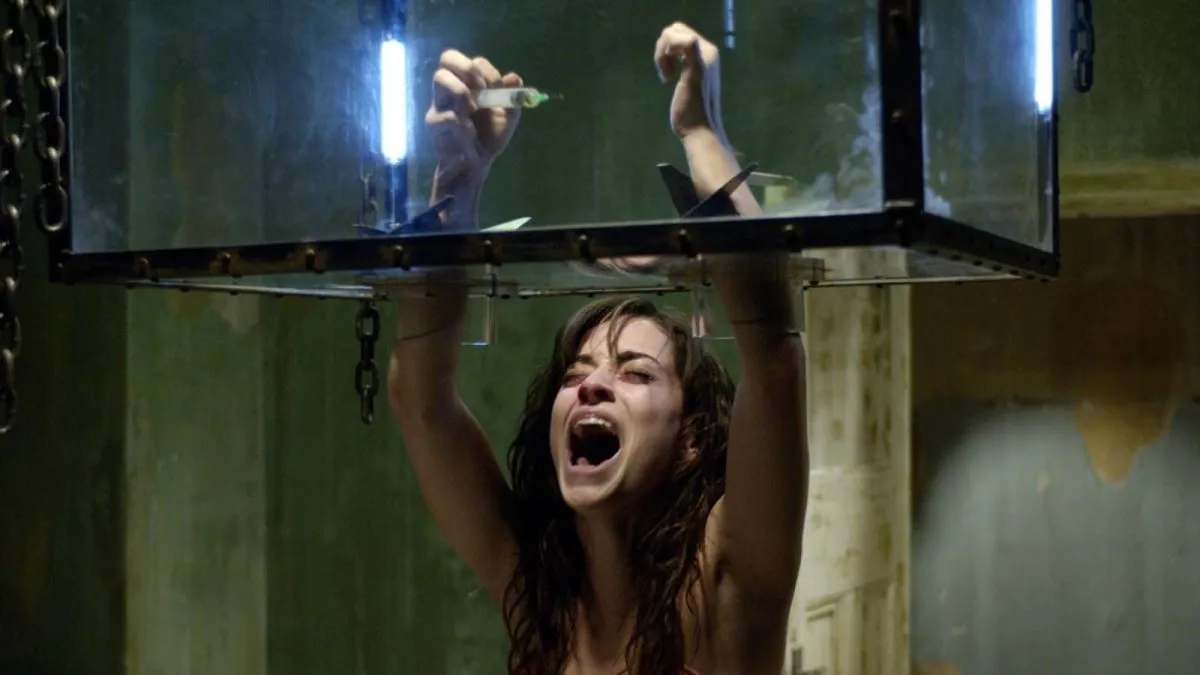
Just a year after the immensely successful Saw, its immediate sequel, Saw II, was released. In the film, a group of ex-convicts are trapped by the Jigsaw Killer inside a house and must pass a series of deadly tests to retrieve the antidote for a nerve agent that will kill them in two hours. Among them, Amanda Young, the only known Jigsaw survivor, works undercover for John Kramer.
Much more is explained in Saw II regarding the motives behind the Jigsaw murders. Kramer reveals that he was diagnosed with cancer and gained a newfound appreciation for life that he wished to instil in others using pre-meditated and escapable torture methods that teach a valuable lesson upon survival. Saw II brilliantly references its predecessor and keeps the same momentum throughout that made the original Saw untouchable. Saw II lags behind in appeal, but outshines the first for its fool-proof ending without the cheat codes.
2. Saw III (2006)
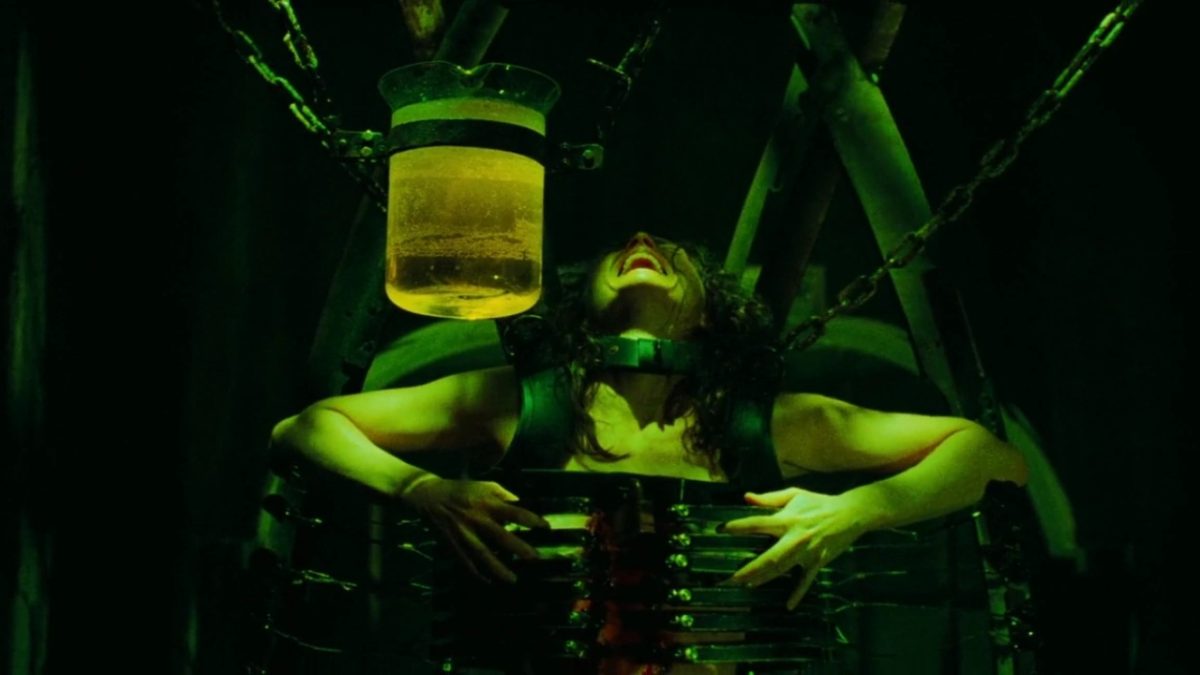
As the highest-grossing Saw film of the series both internationally and overall, Saw III solidifies itself as a worthy successor to the original. Above all else, Saw III brings the gore. After adding in the component of Amanda Young defying John Kramer’s methods and losing belief in his teachings, the traps were made to be inescapable, resulting in multiple deaths. While the gore may be overplayed, its presence feels intended and perfectly executed in light of the plot developments.
One of the biggest problems with Saw III was the script, which overuses flashbacks and loses the plot (which is actually a huge turning point for the remainder of the series) to more senseless deaths. There can be positives and negatives taken from Saw III’s gorier take on the tension-filled original. The acting is refreshingly believable and Saw III is admittedly the most enjoyable, period, of any other Saw film. If willing to overlook the frankly trying attempt at “gorier equals better,” Saw III is a wild and unmissable ride, forever cemented as one of the greats in the Saw legacy.
1. Saw (2004)
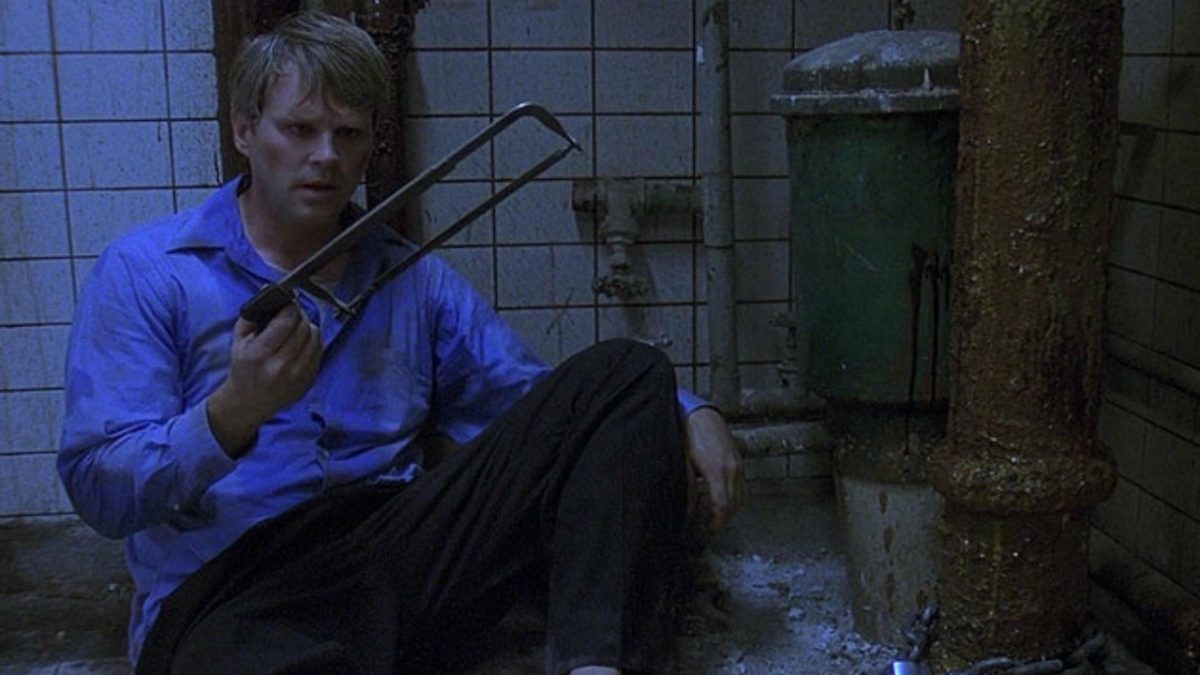
By now, it should have been expected that the original would come out on top. As seen with many other long-standing franchises, the original is — more often than not — the best. Saw is the shot-in-the-dark by James Wan that started it all. It gained a cult following from its commercial and critic success and has been considered one of the most revolutionary horror films of all time. Without it, the others would not have existed.
Saw grips its audiences with lofty ambitions and a deceptively clever plot with memorable scenes that far exceed any expectations. For such a low-budget film, the gory scenes were amazingly evocative and masterfully done given the limited resources. In its climax, Saw presents a satisfying resolution to the ongoing mystery that fits its ghastly undertone. Saw will always be considered an untouchable relic, credited with kickstarting a franchise. Its twisted morality can never be replicated, for Saw truly is the first of its kind.
from Movie News | Movie Reviews | Movie Trailers https://ift.tt/eK9j5xW



0 comments: